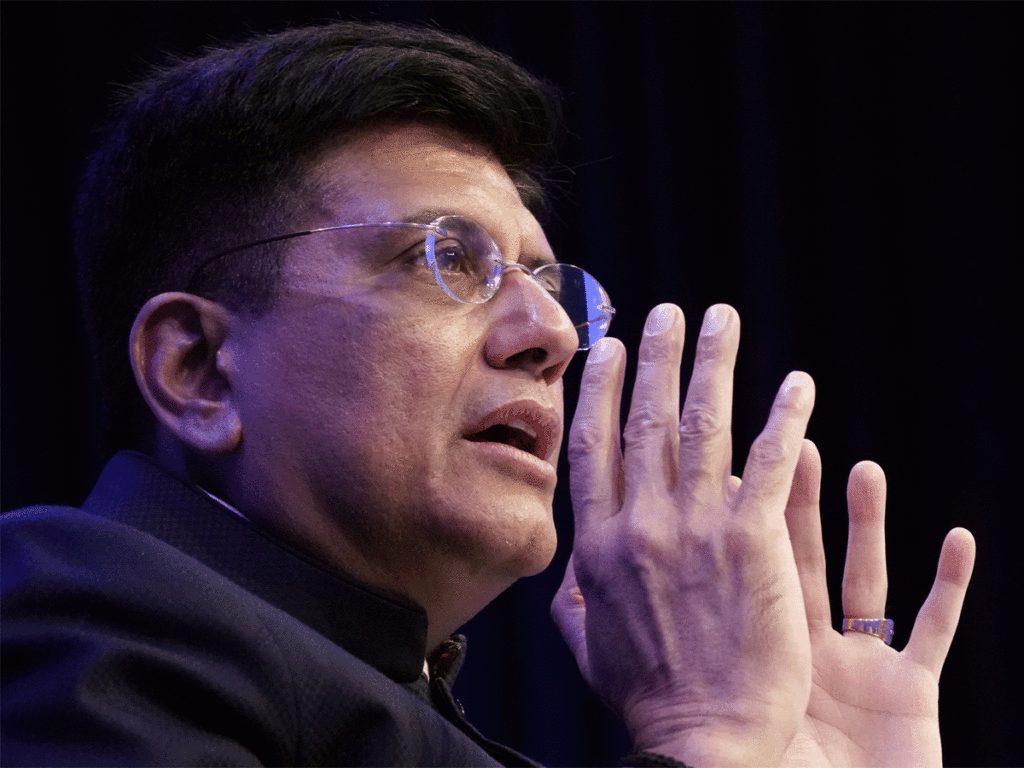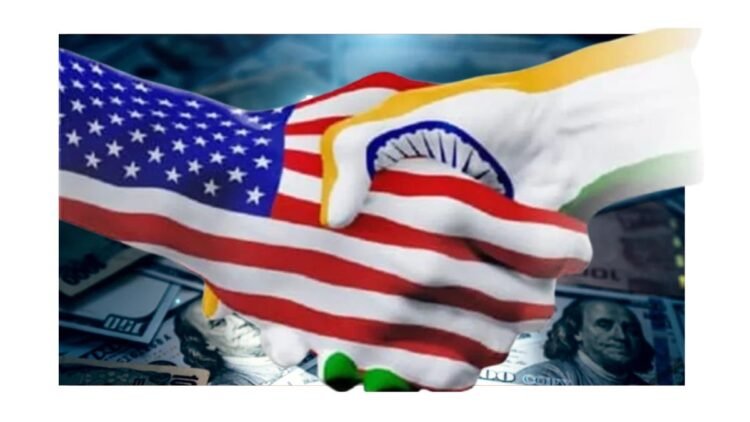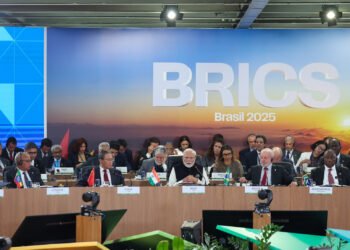India, led by Trade Minister Piyush Goyal, emphasizes that any deal must prioritize national interest.
NEW DELHI (India CSR): As the July 9, 2025, deadline looms, the United States and India are on the cusp of finalizing a mini trade deal, with a decision expected within the next 24 to 48 hours. This critical development aims to resolve longstanding trade disputes and prevent the reinstatement of higher US tariffs on Indian goods, which could significantly impact bilateral trade and market dynamics.
Background and Urgency
The urgency of these negotiations stems from the end of a 90-day suspension period for Trump-era tariffs, announced on April 2, 2025. Initially, the US threatened a 26% tariff on Indian goods, which was temporarily reduced to 10% to facilitate talks. Failure to reach an agreement by July 9 could see these higher tariffs reinstated, potentially disrupting trade flows and escalating economic tensions between the two nations.
Key Negotiation Points
The mini trade deal is expected to feature an average tariff rate of around 10%, providing a temporary framework while more comprehensive negotiations continue post-July 9.
Key areas of discussion include:
- US Demands: The US is pushing for better market access for its goods, particularly agricultural products, medical devices, and automobiles. President Donald Trump has expressed optimism, stating, “We could reach a deal to cut tariffs for both countries and help American companies in India’s market of 1.4 billion consumers”.
- India’s Position: India, led by Trade Minister Piyush Goyal, emphasizes that any deal must prioritize national interest. Goyal stated, “We are ready to make a deal with the US but will not compromise on our national interest”. India resists lowering tariffs on genetically modified corn, soybeans, rice, and wheat but is open to concessions on walnuts, cranberries, medical devices, autos, and energy products.
- Disagreements: Tensions remain over import duties on car components, steel, and farm goods. India has also proposed retaliatory duties at the World Trade Organization against US tariffs on automobiles and car parts, affecting $2.89 billion of India’s exports.
Current Status
Recent reports indicate that India has finalized its terms for the interim trade pact, leaving the next move to the US. Negotiations for the mini trade deal are reportedly complete, with an announcement possible before the deadline. This interim agreement is seen as a stepping stone toward a broader trade deal, with larger negotiations expected to resume after July 9.

Implications for the US
For US businesses and consumers, the outcome of these talks could have significant implications:
- Market Access: A successful deal could enhance opportunities for American companies in India, particularly in sectors like technology, manufacturing, and agriculture. This could boost US exports and create new business opportunities.
- Consumer Impact: The deal may affect the pricing and availability of Indian goods in the US, such as pharmaceuticals, textiles, and IT services. Higher tariffs, if negotiations fail, could increase costs for US consumers and industries reliant on these imports.
- Market Dynamics: Investors are closely monitoring the talks, as the outcome could influence market stability. A deal could signal stronger economic ties, while failure might lead to volatility in sectors dependent on US-India trade.
Broader Context
The US-India talks are part of a broader trade strategy, with the US recently striking a deal with Vietnam to reduce tariffs on Vietnamese goods to 20% from a threatened 46%. India is seeking favorable tariff terms compared to Vietnam and China to maintain its competitive edge in the US market .
What to Expect
As the July 9 deadline approaches, the final hours of negotiation will be pivotal. A successful mini trade deal could avert immediate tariff hikes and lay the groundwork for a more robust trade partnership between the US and India, the world’s two largest democracies. However, unresolved disagreements, particularly over agriculture, could complicate the path forward.
Key Details of US-India Trade Talks (July 2025)
| Detail | Information |
|---|---|
| Deadline | July 9, 2025 |
| Expected Decision Timeline | Within 24-48 hours from July 7, 2025 |
| Average Tariff Rate | Approximately 10% |
| US Tariff Threat | 26% (temporarily reduced to 10% for 90 days from April 9, 2025) |
| India’s Stance | Prioritizes national interest; resists concessions on agriculture and dairy |
| US Priorities | Market access for agricultural goods, medical devices, autos |
| India’s Concessions | Willing to lower tariffs on walnuts, cranberries, medical devices, autos, energy |
| Disagreements | Import duties on car components, steel, farm goods |
| India’s Retaliatory Action | Proposed WTO duties against US 25% tariff on automobiles and car parts |
| Related Context | US-Vietnam deal reduces tariffs to 20%; India seeks competitive terms |
(India CSR)























